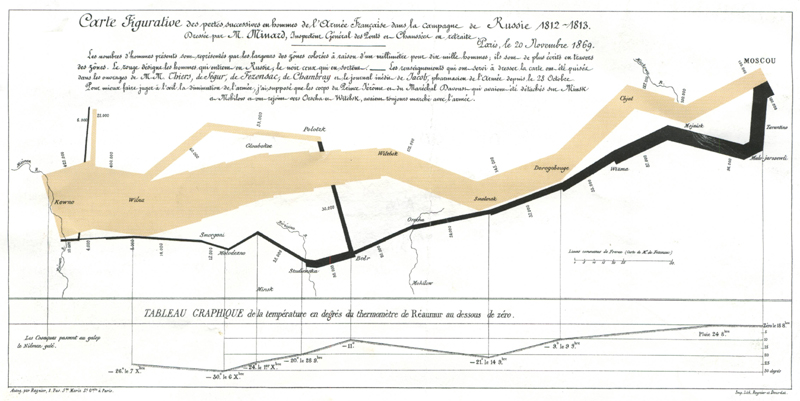v3.2 test post
Posted onThis is test. I took a personal day from work and have just upgraded to version 3.2. I hope this works.
This is test. I took a personal day from work and have just upgraded to version 3.2. I hope this works.
Topping my “I should have bought this stock at the IPO” list for the past few weeks has been Google. One of the reasons is because it continues to release cool apps. Take Google SMS for instance, which enables you to send queries as text messages over your mobile phone or device and easily get precise answers to your questions. No links. No web pages. Just text – and the information you’re looking for. Try the demo and see how you can:
Its pretty cool. If you are stuck in traffic during the holidays, play around. Tangentially related, I wonder if “texting” an approved way of referring to sending someone a text message, as in “I’m texting it to you now.” What do you think? I vote “yes.”
I use FireFox as my web browser as much as I can help it – there are still some sites that are better viewed using IE but that number keeps falling – because its so wonderful. I love the tab based browsing and the bazillion of other neat features that FireFox offers. Today, I was checking out the various extensions offered after reading about a social networking plugin on Slashdot and found the following fun (to me) plugins:
A little over a year ago, I posted about a number of interesting search engines that haven’t gotten combined the amount of press that Google alone has garnered. Today, the NY Times had an article about search engines which provided two more interesting engines that I felt compelled to list. Here they are:
The $150 PlusDeck2 is a cassette deck the size of an internal CD-ROM drive that pops into any desktop PC’s 5.25-inch drive bay. It turns tapes into MP3’s – or, for true retro music fans, record MP3’s onto blank cassettes. Yes, you read that correctly. Check out the picture below:

It’s best feature? Why, validation for saving all my tapes all these years of course! As the NY Times put it, “pack rats who saved hundreds of tapes, to the annoyance of their significant others, will suddenly seem to be masters of foresight.”
So very true. I just moved apartments a few months back and lugged all my tapes uptown, not even really knowing why, expect for the fact that I just couldn’t throw them away. I must have over 125 great albums on tape that I’m just dying to convert to digital. I have tons mix tapes that I made through the years, like some off of Z-100 full off funny songs like “New Kids Got Run Over By A Reindeer” along with various “High 5 at 9” countdowns from the early 90’s. I have a tape of me, age 4, reading a book and me, age 3, setting up blocks and them knocking them down (I wanted to hear how loud the crash sounded). I have an audio journal from a ski trip that I took with my aunt, uncle and cousins in the early 90’s which to is me is hysterical. Basically, there is a virtual treasure trove of music and audio now sitting at my fingertips and I cannot wait to get this device and convert these babies into mp3s. I need to order this ASAP.
I read recently a NY Times article about how somebody pretty easily cracked the e-mail signup page at montypythonsspamalot.com. There were all 19,000 registered e-mail addresses, ripe for copying and adding to mailing lists. Which, of course, leads to spam. The irony is just too rich. The very term “spam,” as applied to junk e-mail, originally came from an old Monty Python skit.
By the way, you gotta love Eric Idle, the driving authorial force behind “Spamalot.” In his show memoir at the Web site, he writes: “Thank God for computers, because mine tells me I began writing the first draft of Spamalot on Monday December 31st 2001. I downloaded the text of the [Monty Python and the Holy] Grail [movie] from one of the many illicit websites, which thankfully saved me all the bother of typing out the script and I could paste and cut and rewrite as necessary.”
He downloaded his own illegal script to save himself time the lazy bastard. I love it!
Via Pogue’s Post
This week inventor Woody Norris will receive America’s top prize for invention. It’s called the Lemelson-MIT award — a half-million dollar cash prize to honor his life’s work, which includes a brand new personal flying machine called the AirScooter (it goes on sale later this year at $50K per scooter).
The AirScooter can fly for 2 hours at 55 mph, and go up to 10,000 feet above sea level. This is not a joke – go and read the CBS News story and how NASA’s “The Highway in the Sky,” a computer system designed to let millions of people fly in their very own vehicles, will help make this a reality sooner than you think.
“Roads? Where we’re going we don’t need any roads…”
Via Slashdot
The NY Times has an article today about robotic solidiers. Its yet another case of art imitating life imitating art. This also might be the first time anyone has called any of the “Terminator” movies art.
A few months back, I received a mailer about a one-day course on “Presenting Data and Information” that was being taught by Edward Tufte and while I didn’t go to the class, one of the graphics that it contained really impressed me and I’ve been meaning to post it ever since (click on the thumbnail to launch a popup that contains a larger image):

“This map drawn by Charles Joseph Minard portrays the losses suffered by Napoleon’s army in the Russian campaign of 1812. Beginning at the left on the Polish-Russian border near the Niemen, the thick band shows the size of the army (422,000 men) as it invaded Russia. The width of the band indicates the size of the army at each position. In September, the army reached Moscow with 100,000 men. The path of Napoleon’s retreat from Moscow in the bitterly cold winter is depicted by the dark lower band, which is tied to temperature and time scales. The remains of the Grande Armee struggled out of Russia with 10,000 men. Minard’s graphic tells a rich, coherent story with its multivariate data, far more enlightening than just a single number bouncing along over time. Six variables are plotted: the size of the army, its location on a two-dimensional surface, direction of the army’s movement, and tempreature on various dates during the retreat from Moscow. It may well be the best statistical graphic ever drawn.”
Okay, impressed yet? Here is a bit more about Mr. Tufte. Edward Tufte is Professor Emeritus at Yale University, where he taught courses in statistical evidence, information design and interface design. He has written several books, which have won 40 awards for content and design. The NY Times has called him “The Leonardo da Vinci of data.”
Still not impressed? Then try reading this essay which was published in Wired about how PowerPoint affects thought. It will blow your mind. I highly suggest you read it if this topic interests you at all because he is to data what Stephen Hawking or Brian Greene is to physics.
One of my goals this year is to read as many of his books as possible. Wish me luck.
George Masters, a high-school teacher and iPod fan, created an ad for the iPod that may signal the future of advertising (big words indeed). From Wired Magazine’s article about this ad:
To some experts, Masters’ ad heralds the future of advertising. Homemade ads will play a big part in marketing, just like blogging is shaking up the news.
On the right nav of the article you can launch the ad itself. I advise you doing so because, well, its just pretty damn cool.
Thanks Chuck.